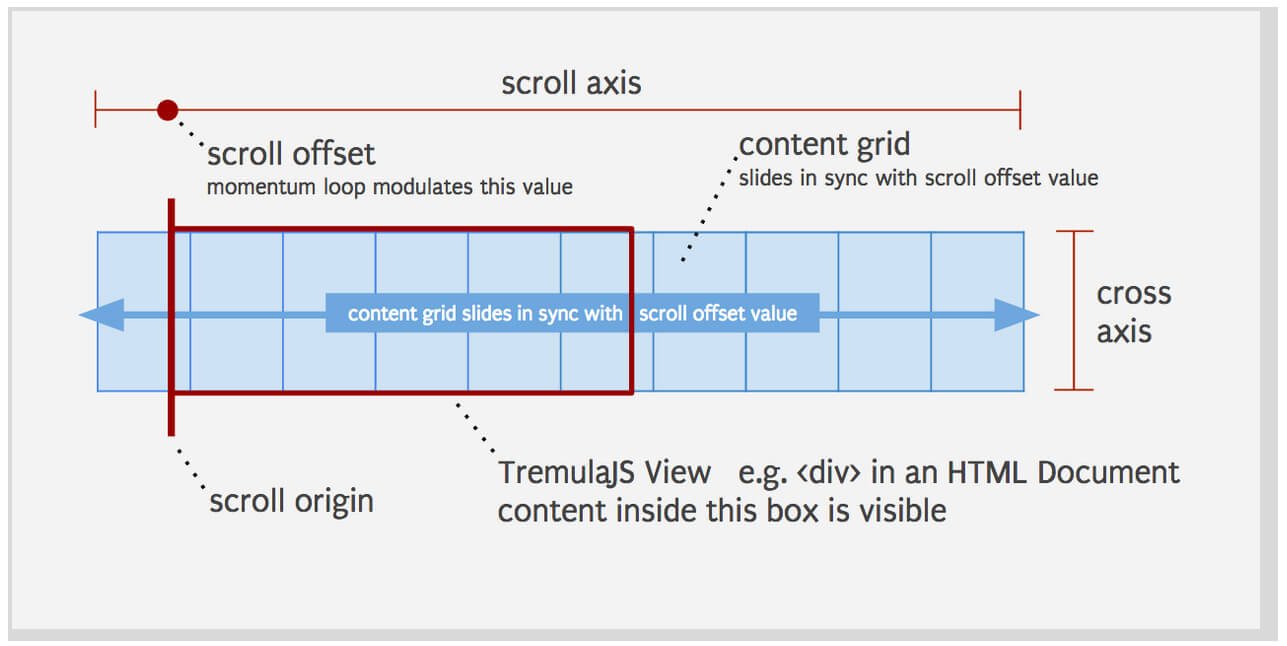Image Lazy Loading
Lazy loading images is a practice that's been popular for a decade and for good reason: images are usually the heaviest downloads on a given webpage and avoiding unloading images that are never seen saves the user bandwidth. There are plugins for lazy loading images in every JavaScript framework, or you could use Intersection Observer API, but it's become such a common practice that there should probably be a browser API to accommodate it...and Chrome is implementing just that. Let's have a look at how the incoming native lazy loading API will work!
This new lazy loading API come down to a simple loading="lazy" attribute and value on img tags:
<img src="path/to/logo.png" loading="lazy">
To experiment with this new API, you can add an onLoad attribute to the image:
<img src="path/to/logo.png" loading="lazy" onload="alert('Loaded!');">
When the user scrolls within range of the image, the download and render is triggered. There are three values for this attribute:
auto- the default behavior for image loading todaylazy- loads the image when it becomes visible based on scroll positioneager- loads the image immediately regardless of scroll position
Have a look at this demo of loading="lazy":
See the Pen jOOoLXO by David Walsh (@darkwing) on CodePen.
Adding a native API for an ages old pattern is something I'm excited about -- it reminds me of the MooTools days which triggered the HTML5 revolution of adding what we know we've needed forever. What are your thoughts on this new implementation?




What’s the browser support for this? It worked in Chrome for me but FF fired the alert on page load.
Looks like it’s only on Chrome and Opera at the moment. https://caniuse.com/#search=loading
Firefox doesn’t support it yet. The feature request for it can be found at https://bugzil.la/1542784. From the details there it looks like Mozilla is planning to implement it in the first quarter of this year.
If this link is opened in a new tab that I didn’t browse yet, it shows “alert” anyway.
Does that mean it’s loaded non-lazily since I didn’t see the image at all.
Browsers which don’t support it fall back to loading everything, as they do with the basic
tag. The proposal is actually still work in progress; because, in my case, image assets cost money I, can’t use it just yet. But super excited about it!MooTools… I miss this framework!
Looks awesome feature, I’ll surely try this, hope Safari will have this soon too. Do you know when Firefox is having this feature? or they already implemented it?
> Do you know when Firefox is having this feature? or they already implemented it?
See my comment a few lines above.
Thanks Sebastian, sorry didn’t noticed that comment, that’s helpful :)